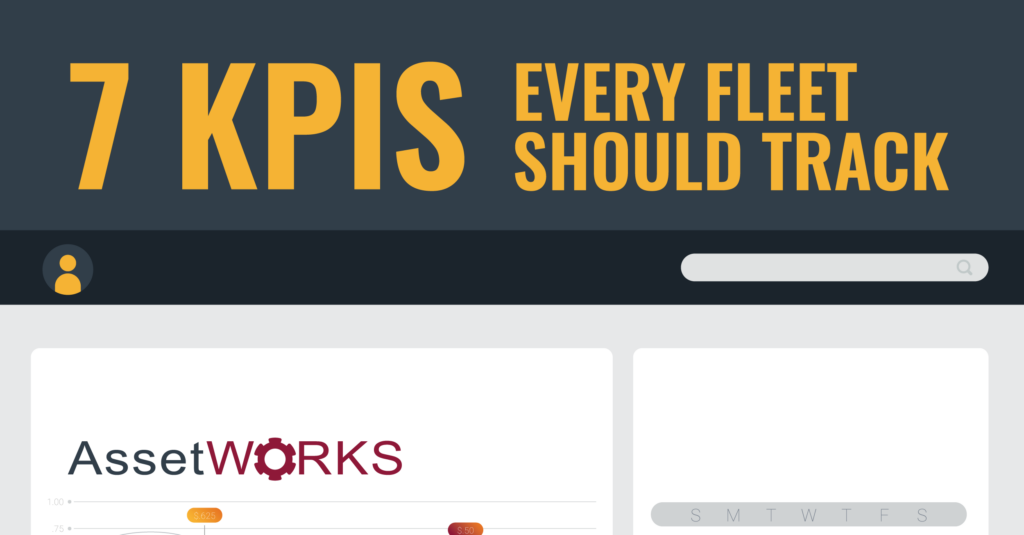Convincing leadership to invest in fleet software, isn’t always easy. Leaders often see budgets that are already allocated, operational inertia, or skepticism about the return on investment (ROI) of new tools. For fleet professionals and managers addressing enterprise tools, such as fleet management software, this challenge can feel even more substantial.
Understanding Leadership's Perspective
To start, put yourself in the leadership team’s shoes. Their primary concerns often boil down to the following:
- Cost Justification: Leaders want to know if this investment will ultimately save money or drive efficiency that outweighs the initial financial burden.
- ROI and Measurable Results: ROI is king. Executives need clear evidence that demonstrates how the software will improve operations or reduce costs within a quantifiable timeline. Without this, they’re unlikely to view it as a priority.
- Implementation Roadblocks: Time, resources, and the potential disruption associated with onboarding new tools are immediate red flags for leadership. It is important that you find efficient training platforms to make the transition seamless.
By addressing these core concerns, you’re already showing leadership you’ve anticipated their hesitation and have thoughtful solutions in mind.
Building a Solid Case for Software Investment
A good case is like a strong house; it needs a reliable foundation. Here are the steps to construct a well-rounded argument:
1. Conduct Research
Start by gathering detailed information about the software systems available in the market. Compare their features, scalability, and integration capabilities with your current system to identify potential advantages and gaps. Assess how well each option addresses your company’s specific needs, such as improving fuel efficiency, simplifying compliance reporting, or maximising fleet uptime. Be sure to consider user feedback, case studies, and industry reviews to validate the reliability and performance of each system.
It is important to pick a fleet software that can grow alongside your company, ideally one with an integrated management system. This research lays the groundwork for presenting a tailored solution that aligns with your organisation’s goals and operational challenges.
2. Define the Problem (And the Costs of Ignoring It)
Clearly articulate the issue that will be solved when you invest in fleet software. Be specific about how current practices are inefficient or problematic. Manual processes often slow down operations, causing reporting delays or errors. Outdated methods can lead to inefficiencies that hinder decision-making and accuracy. They can also create operational silos that disrupt communication and lead to increased downtime. This can prevent teams from working cohesively, ultimately impacting productivity and performance. What’s worse, outdated software can put your organisation at risk of non-compliance with critical safety or environmental regulations.
The severity of each problem caused by an outdated software system is unique to each company. Understanding how your current operations work is key to defining the problem. Document the hidden costs of continuing with the current outdated system, such as wasted admin time or vehicle downtime caused by inefficient tools. This sets the stage for why change is necessary.
3. Quantify the Benefits
Data wins arguments. Use clear, measurable benefits to justify investment, like cost savings. Highlight how automated fleet tools reduce labor hours or decrease avoidable expenses like fuel waste or vehicle breakdowns. Poor driving behaviors, such as hard braking, can increase fuel consumption up to 30%. Automated systems can monitor and correct these behaviors, saving significant fuel costs. Beyond the financial benefits, these tools ensure your company complies with regulatory standards, avoiding costly fines or operational disruptions.
Whether it’s improving uptime, cutting down on unnecessary expenses, or maintaining compliance, the data shows that investing in automation delivers measurable, impactful results.
4. Address Potential Roadblocks with Solutions
Anticipate barriers to adoption before pitching a new fleet management system. By preparing for pushback from leadership, you can respond to their concerns with facts. Common concerns that arise are employee training needs and downtime during implementation. Start by assuring leadership of a structured onboarding program. Highlight tools with intuitive interfaces or strong vendor support. To combat downtime concerns, propose phased rollouts or even pilot projects to limit operational disruptions.
To combat cost concerns, provide comparative cost data from similar companies and emphasise subscription models that present lower initial overhead. Reaching out to providers for a consultation or software demo can also get you a cost estimate.
5. Add Social Proof
Support your case with testimonials from industry peers using the same or similar software. Positive reviews, case studies, or example results (like optimised report accuracy or fuel savings) are invaluable. Other companies that have shared quantifiable success can reassure decision-makers that the solution delivers tangible results.
Presenting Your Case Effectively
uilding a strong case to invest in fleet software is just step one. Presenting it confidently and concisely is just as critical. Follow these steps to ensure your pitch is well-received by leadership.
1. Keep the Pitch Data-Driven and Concise
Executives value concise communication backed by facts. Begin with a clear elevator pitch that highlights the main business problem the software solves and the quantifiable outcomes it delivers, such as ROI. Summarise your supporting evidence in just a few sentences and be prepared to provide more detailed data if they ask questions.
2. Use Visual Aids
Humans are often visual learners, so having visuals to consolidate your data is critical. Graphs, charts, and dashboards showcasing potential cost reductions or operational improvements are invaluable tools. Data should always be clear, accessible, and easy to reference. For example, you could present a before-and-after efficiency analysis, such as comparing manual versus automated compliance tracking, or a cost-benefit chart that highlights both short-term and long-term ROI.
3. Run a Demo
Once leadership expresses interest, take the next step by requesting a live software demo. Look for solutions that provide hands-on demonstrations led by industry experts who can answer questions and showcase the software’s features in real-time. This allows decision-makers to not only see the tool in action but also visualise how it can address specific challenges and integrate seamlessly within the organisation’s workflows. A thorough demo can be a vital step in building confidence and aligning the software’s capabilities with the company’s goals.
4. Gain Peer Support
Having allies bolsters your case. If colleagues or other department leads support the transition, mention it. Having technicians and other fleet employees that speak firsthand on the pitfalls of the current software system can support your case too. People often appreciate tools that simplify reporting or streamline compliance, so get the workforce on board first.
5. Provide Comparative Benefits
If competitors in your industry are integrating cutting-edge technology, it’s essential to highlight that in your pitch to emphasise the importance of staying ahead. For example, mentioning the statistics you found during research not only demonstrates growing trends but also establishes a sense of urgency for adoption. This approach positions the technology as a critical tool for remaining competitive, avoiding inefficiencies, and meeting evolving customer expectations. By showcasing industry benchmarks, you can effectively underline the risk of falling behind and the potential benefits of being an early adopter.
Repositioning Software as a Strategic Necessity
Modern fleets face increasingly complex demands, making investment in enterprise-level solutions a strategic necessity. These tools not only help reduce long-term costs but also improve compliance, enhance safety, and ensure scalability to meet future challenges. By adopting these solutions, companies can stay ahead of the curve rather than reacting to problems as they arise.
To make the most of these investments, focus on aligning the solution with your fleet’s specific needs and long-term goals. Engage key stakeholders early, prioritise features that add measurable value, and ensure proper training for your team. By taking a proactive approach, your company can create a resilient, forward-thinking fleet strategy that’s ready for whatever the future holds.












